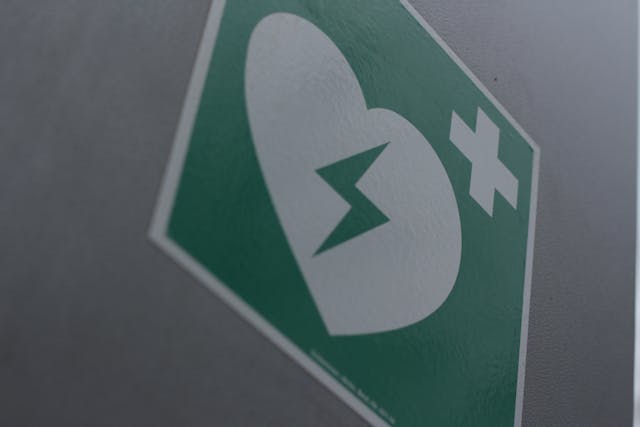As 2025 begins, healthcare providers and medical coders must familiarize themselves with the latest updates to the Current Procedural Terminology (CPT) code set. Managed by the American Medical Association (AMA), CPT codes are essential for documenting and billing medical, surgical, and diagnostic services. This year brings significant changes, including the addition of 270 new codes, the deletion of 112 outdated ones, and 38 revisions. These updates reflect advancements in medical technology and changes in healthcare delivery. Below, we break down some of the most notable updates for 2025 based on resources from the AMA, AAPC, and CMS.
Highlights of 2025 CPT Code Updates
- Overview of the CPT 2025 Code Set: A new subsection introduces six codes for MRI safety services, addressing patient evaluations for implants, devices, or foreign bodies. This update ensures that safety protocols are clearly documented and billable. These codes cover pre-imaging consultations, evaluations, and customized preparations by medical physicists to optimize safety during MRI scans. The 2025 CPT code set includes 420 total updates: 270 new codes, 112 deletions, and 38 revisions. Many of these changes reflect emerging technologies and procedures, such as proprietary laboratory analyses for genetic testing (accounting for 37% of new codes) and Category III codes for cutting-edge services like augmented and artificial intelligence (AI) applications in medical imaging. These updates demonstrate the CPT code set’s role in supporting innovation in medicine while maintaining standardized documentation.
Additionally, the CPT Editorial Panel, an independent body convened by the AMA, ensured these updates align with the demands of modern healthcare through an open, collaborative process.
Source: AMA Press Release
MRI-Guided High-Intensity Focused Ultrasound (MRgFUS) Non-invasive treatments for conditions such as intracranial disorders have received updated codes. MRgFUS, previously classified under a Category III code, now has three Category I codes detailing treatment planning, probe insertion, and ablation processes. These changes aim to facilitate broader use of this cutting-edge procedure.
Source: MSN Healthcare Solutions
Transcranial Doppler Studies The 2025 CPT code set introduces three new add-on codes for Transcranial Doppler (TCD) studies. These cover vasoreactivity testing, emboli detection, and venous-arterial shunt detection, enhancing diagnostic precision for neurological conditions. Additionally, older codes like 93890 have been retired to streamline the process.
Source: AAPC blog
Telemedicine Expansion Reflecting the growing reliance on virtual healthcare, 17 new codes are now dedicated to telemedicine services. These include both audio-visual and audio-only interactions, mirroring the structure of existing evaluation and management (E/M) codes. Notably, CPT codes 99441 through 99443 have been deleted and replaced with updated descriptors for virtual care. A new virtual check-in code has also been added, aligning with HCPCS G2012.
Source: Coding Clarified
 Implications for Healthcare Providers
Implications for Healthcare Providers
These updates are not just administrative changes; they have real-world implications for patient care and healthcare operations. For instance:
- Improved Documentation: New codes like those for MRI safety evaluations ensure comprehensive documentation, which can improve patient safety and reduce liability.
- Enhanced Access to Care: Telemedicine codes make it easier for providers to offer virtual consultations, increasing access for patients in remote areas.
- Streamlined Neurological Diagnostics: Updated TCD codes support more precise diagnosis and treatment planning for neurological conditions, potentially improving outcomes.
To implement these updates effectively, healthcare professionals should:
- Invest in Training:
- Attend workshops and webinars to understand new codes.
- Provide department-specific training on updates.
- Update Systems:
- Ensure EHR and billing systems are updated with new codes.
- Test and validate changes to prevent errors.
- Audit and Educate:
- Conduct audits to identify gaps in compliance.
- Educate staff on how changes impact workflows.
Key Roles in Overseeing Changes
Successful implementation of new CPT codes involves collaboration across various roles and departments:
- Health Information Management (HIM): Leads coding accuracy and compliance efforts.
- Revenue Cycle Management (RCM): Oversees billing, reimbursement, and claims processes.
- Compliance Officers: Ensure adherence to regulatory requirements.
- IT Departments: Update EHR and billing systems with new codes.
- Clinical Department Heads: Ensure providers document accurately for new codes.
- Payor Relations Managers: Coordinate with insurers to align reimbursement policies.
- Executive Leadership: Provides strategic oversight and allocates resources for training and system updates.
Conclusion
The 2025 CPT code updates reflect the ongoing evolution of healthcare, incorporating new technologies and addressing emerging needs. By staying informed and proactive, providers can ensure compliance while continuing to deliver high-quality care. If you’re looking for expert assistance in adapting to these changes, Vesta Teleradiology is here to help. We provide comprehensive radiology interpretation services and support healthcare facilities in implementing the latest coding updates to optimize workflows and enhance patient care.










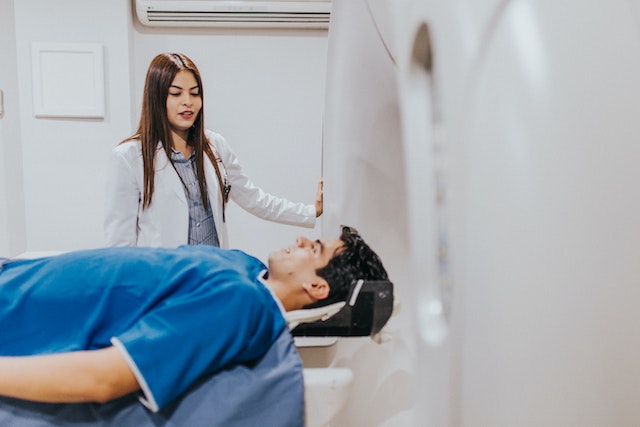
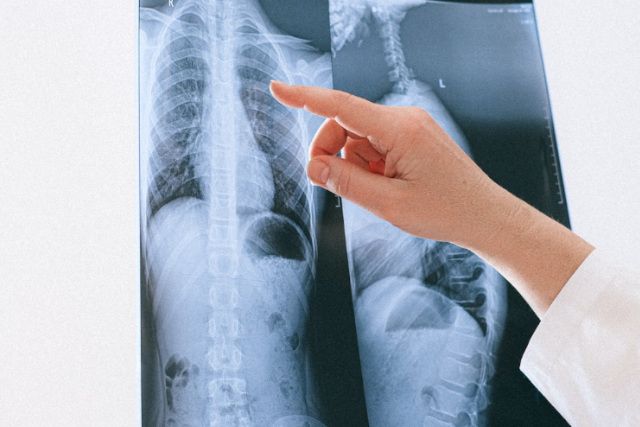




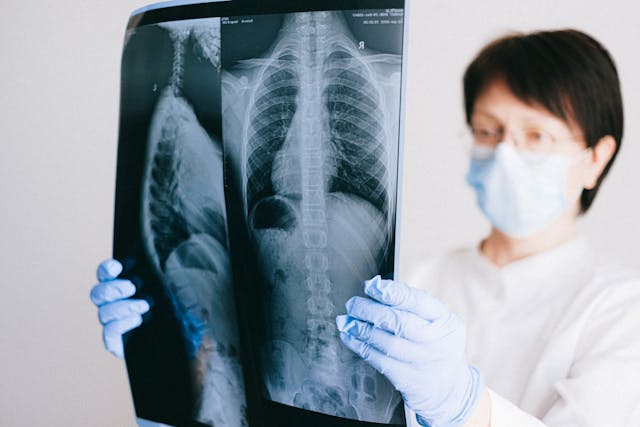
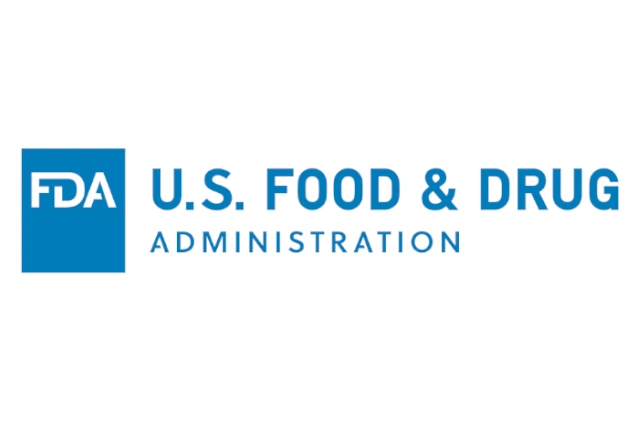 Sources:
Sources: